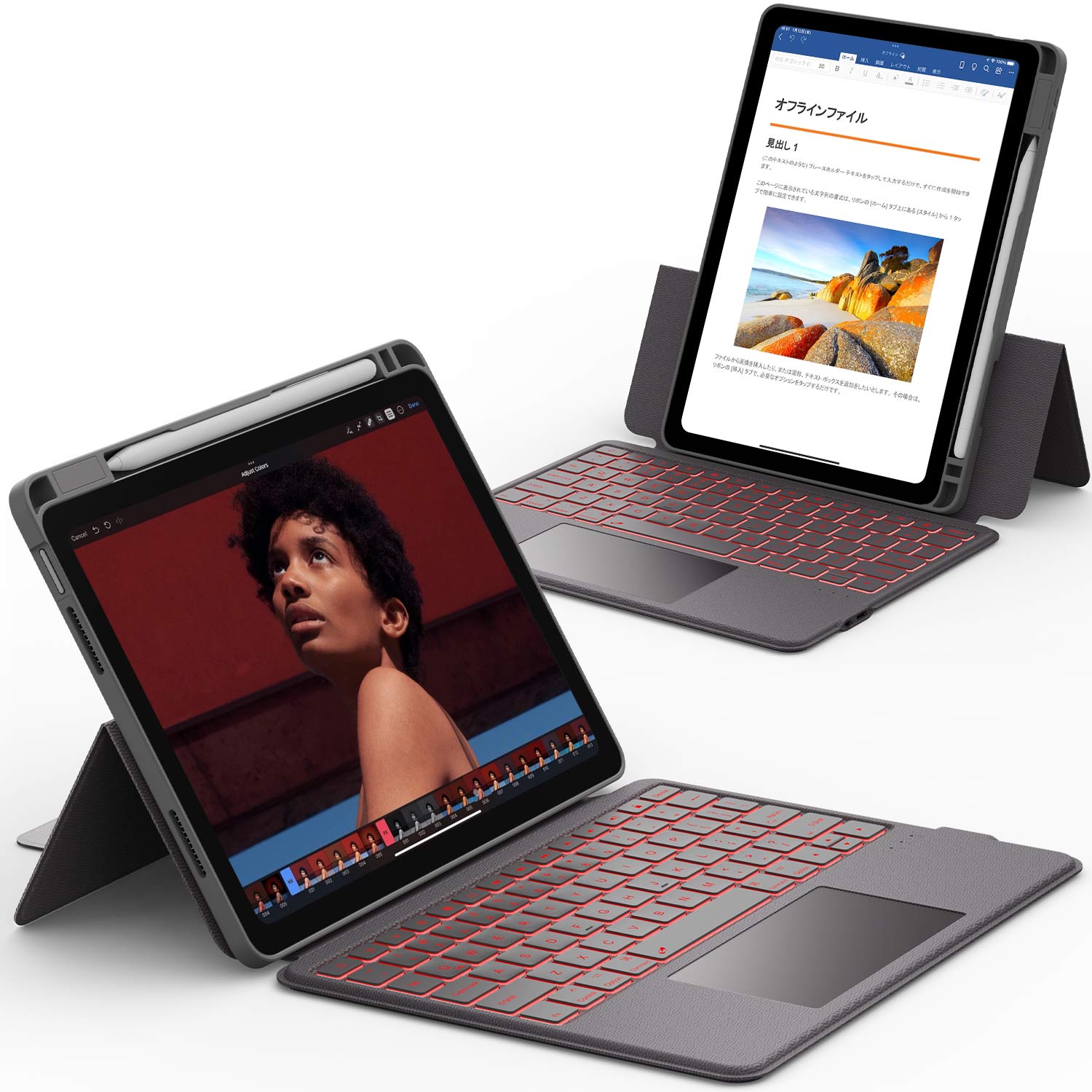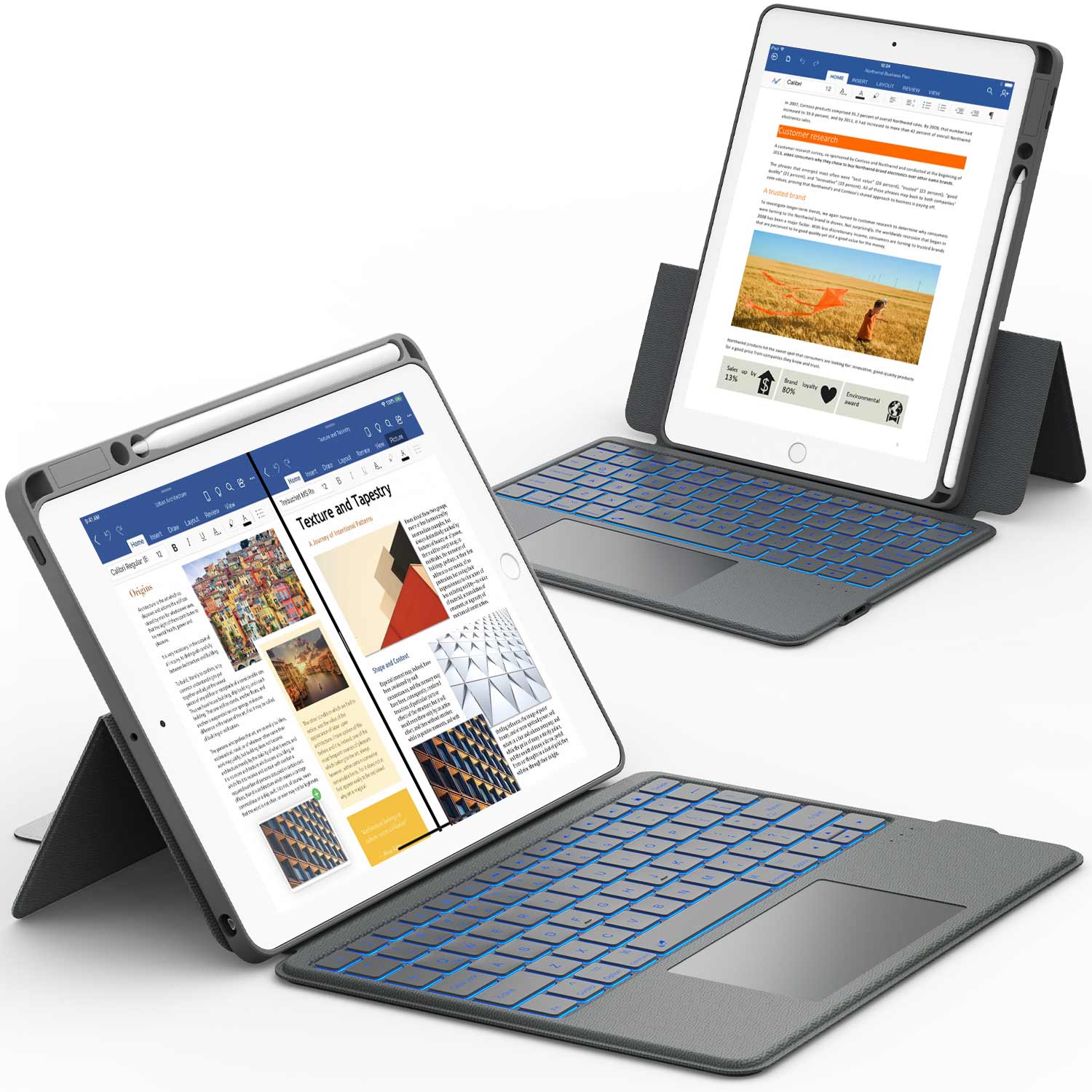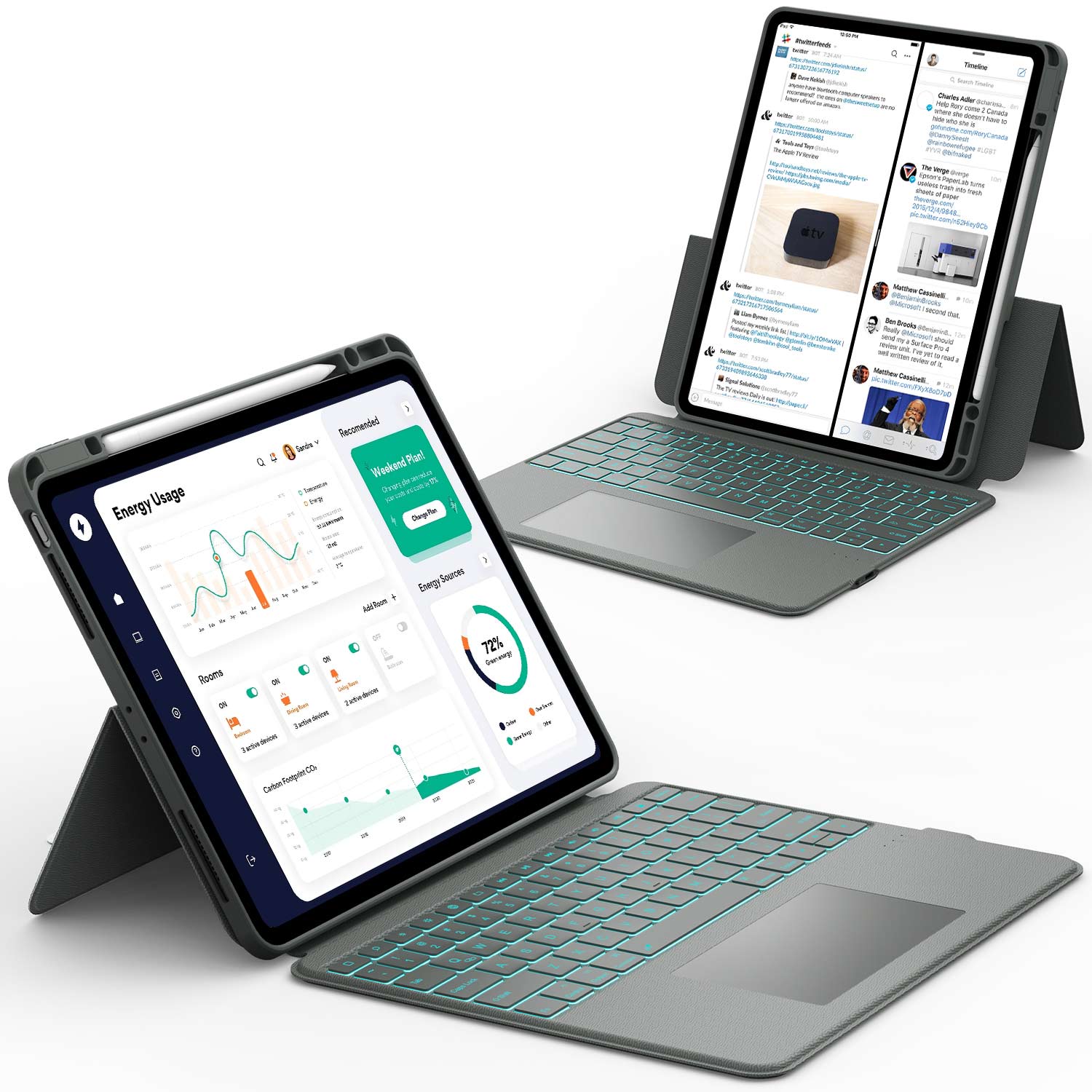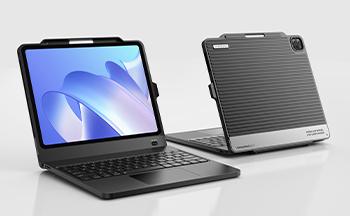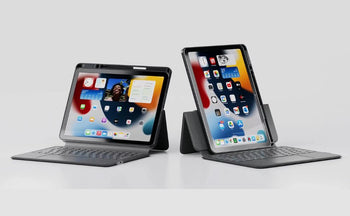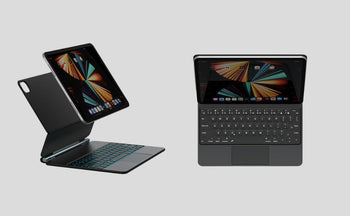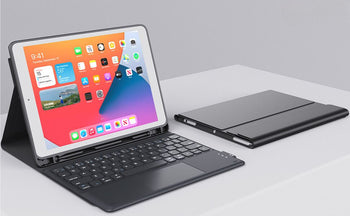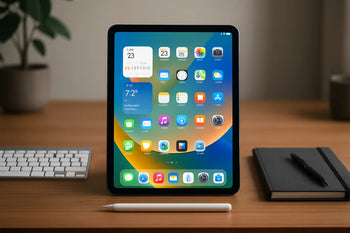Excel for iPad has evolved into a flexible, lightweight productivity tool. Whether you're a spreadsheet beginner or transitioning from desktop to tablet, this guide will walk you through the essentials — and help you work smarter wherever you go.
From touch-friendly tips to keyboard-supported workflows, we’ll show how to unlock the full potential of Excel on iPad — no matter what model you use.
Table of contents
1. Installing Excel and Getting Started
You' ll find Microsoft Excel in the App Store. Download it, sign in with a Microsoft account, and you're ready to go. A Microsoft 365 subscription unlocks advanced tools like cloud storage and real-time collaboration. Upon opening, you'll see templates, recent files, and cloud folders from OneDrive or iCloud.
Want to move faster? Pairing your iPad with a keyboard helps cut through menus, speed up text entry, and give you room to focus — especially if you're juggling emails or worksheets on the go.
2. Navigating Excel’s iPad Interface
Excel keeps the familiar ribbon-style tabs (Home, Insert, Formulas) while optimizing them for tap and swipe gestures.
Core touch interactions include:
- Tap to select
- Double-tap to edit
- Pinch to zoom
- Swipe to scroll
- Tap-and-hold to access formatting menus
Attach a keyboard and you'll unlock shortcuts like Tab, Enter, and arrow navigation — giving you a near-desktop speed boost.

3. Creating and Editing Spreadsheets
Formatting
Select cells to change fonts, colors, borders, or apply table styles. A mini toolbar appears when selecting data for quick access to common commands.
Functions & Formulas
Use the formula bar or tap the fx icon to insert functions like SUM, IF, or CONCATENATE. You can build formulas by tapping on cells directly — no need to type addresses manually.
Visuals
Insert charts like bar, line, or pie to visualize data. PivotTables are simplified but useful for summarizing mid-sized datasets. Touch gestures make resizing and adjusting visuals surprisingly fluid.
On a properly angled case, using gestures and keyboard input together feels seamless — whether you’re crunching data or styling reports.
4. iPad-Specific Features
Keyboard & Case Essentials
While the touch interface is capable, many Excel users benefit from a physical keyboard for faster data entry, formula writing, and multi-tab navigation — especially during long work sessions. A well-designed keyboard case doesn't just improve comfort. The best options:
- Provide stable support for typing and editing
- Offer dynamic backlighting for night use
- Include multi-gesture touchpads for smooth navigation
- They are easy to clean and resist everyday stains
- Feature detachable layouts for switching between typing, viewing, and presenting
This is especially useful if you're using an older model like the iPad 7/8/9 or Air 2. With the right accessories, these devices still handle Excel with surprising ease.
Apple Pencil
Apple Pencil adds a new layer of precision and flexibility:
- Circle to select cells
- Handwrite formulas directly into cells
- Annotate charts or reports
- Highlight tables during meetings
- Add quick signatures or handwritten notes
With pressure-sensitive support and seamless palm rejection, Apple Pencil is especially useful when reviewing or marking up complex datasets.
Cloud Collaboration
Excel integrates tightly with cloud services like OneDrive and iCloud:
- Co-edit spreadsheets in real-time with your team
- Set view/comment/edit access levels
- Review version history or restore old files
- Sync your work across iPad, Mac, and desktop Excel
Excel’s smart sync keeps everything updated — no emailing files back and forth.
5. Templates, Automation & Smart Tools
While iPad doesn’t support full VBA scripting, you can:
- Record & reuse basic actions
- Use smart templates for budgeting, timelines, and dashboards
- Apply lightweight data-cleaning transformations
- Build custom logic with mobile-friendly tools
Templates adjust automatically to screen size, and the interface is responsive even on older models.
6. What’s Missing — And How to Work Around It
Some desktop-level features are still unavailable:
| Feature | Status on iPad |
| Full PivotTable controls | Limited |
| Macros / VBA | Not supported |
| Power Query / Power Pivot | Not available |
| Advanced formatting | Partial |
| Chart customization | Simplified |
For these, many users switch to Excel Online or finish up on a desktop. That said, even older iPads like the Air 2 or 7th gen still handle essential tasks well — especially with a protective keyboard case that supports stable viewing angles and a clean typing experience.
Here are a few tips to optimize performance:
- Split large workbooks into smaller files
- Reduce formula complexity and use manual calculation mode
- Limit chart and formatting usage
- Restart the iPad regularly to clear cache
These minor changes can make a major difference on older hardware.
Final Thoughts
Whether you're reviewing spreadsheets in a coffee shop, annotating reports with a Pencil, or logging data from a warehouse floor — Excel on iPad is more than capable. And when paired with a thoughtful setup — a comfortable keyboard, a stable stand, a clean layout — it becomes a productivity machine you can take anywhere. It’s not about copying the desktop version. It’s about letting your iPad work the way you do.
